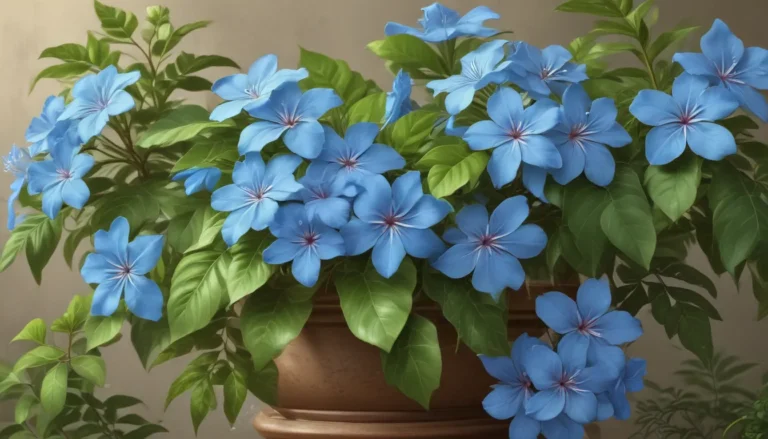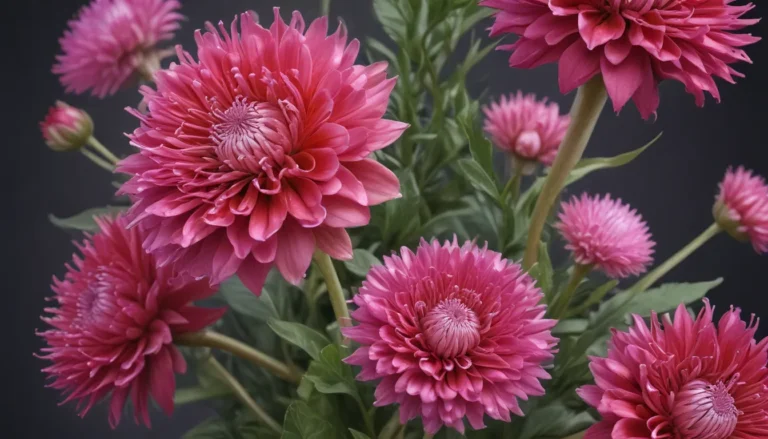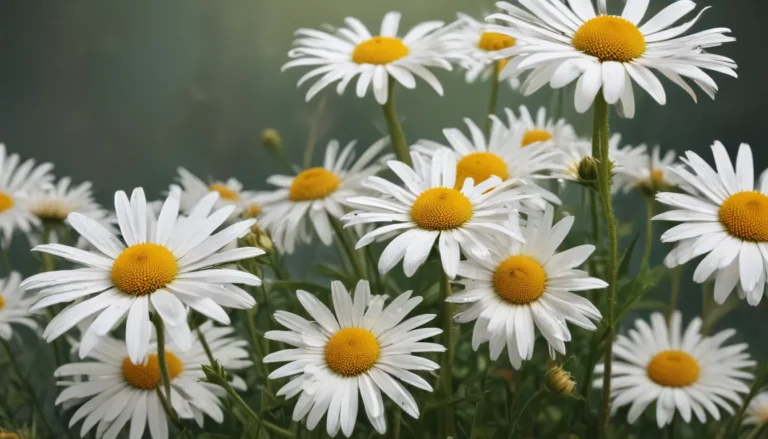The pictures we use in our articles might not show exactly what the words say. We choose these pictures to make you interested in reading more. The pictures work together with the words but don’t take their place. The words still tell you the important facts.
Are you captivated by the allure of nature's beauty? Look no further than the trumpet vine, also known as Campsis radicans. This stunning climbing plant graces gardens and landscapes with its cascading clusters of vibrant tubular flowers and vigorous growth habit. But there's more to this enchanting plant than meets the eye. In this article, we will uncover nine fascinating facts about trumpet vine that will pique your interest and ignite your curiosity. From its historical significance to its ability to attract hummingbirds, you'll gain a deeper appreciation for the wonders of this remarkable plant. So, let's embark on a journey into the world of trumpet vine and explore the hidden treasures it holds!
Embracing the Vibrant Colors of Trumpet Vine
Step into a world of color with the trumpet vine. This captivating plant displays a mesmerizing array of hues, ranging from fiery reds to cheerful oranges. Whether adorning a garden wall or climbing a fence, trumpet vines add a vibrant pop of color to any outdoor space, creating a visual feast for the eyes.
A Haven for Hummingbirds
One of the most enchanting qualities of the trumpet vine is its ability to attract hummingbirds. The trumpet-shaped blossoms, brimming with nectar, serve as a delightful buffet for these delicate avian visitors. By planting trumpet vine in your garden, you can create a welcoming oasis for these charming winged creatures.
Rooted in North American Soil
Originating from North America, the trumpet vine has deep roots in the soil of this continent. Thriving in diverse climates, from the United States to Canada, this resilient plant adapts effortlessly to varying environmental conditions, making it a versatile and adaptable addition to any garden.
Reaching New Heights
Stand in awe as the trumpet vine ascends to lofty heights, reaching up to 30 feet tall with its vigorous climbing habit. This exceptional growth potential makes it an ideal choice for covering walls, fences, or pergolas, transforming ordinary structures into verdant showcases of natural splendor.
A Paradigm of Low Maintenance
For those seeking an effortlessly elegant addition to their garden, look no further than the trumpet vine. Once established, this plant requires minimal care, thriving in drought conditions and basking in the sunlight. However, its rapid growth rate necessitates occasional pruning to maintain its exuberant charm.
Summer Blooms of Radiance
Experience a symphony of color as the trumpet vine bursts into bloom during the summer months. Its resplendent flowers not only beckon hummingbirds but also lure bees and butterflies, infusing your outdoor sanctuary with life and vitality.
Sprouting Suckers of Surprise
Delve into the quirky nature of the trumpet vine, which possesses the unique ability to spread through suckers. These unexpected shoots emerge from the plant's root system, adding an element of surprise to its growth pattern. When planning the placement of your trumpet vine, be mindful of these sprouting surprises.
Basking in Full Sunlight
Embrace the sun-loving nature of the trumpet vine, which thrives in sunny locales basking in at least six hours of direct sunlight daily. By planting it in a spot with ample sun exposure, you can unleash its full potential for growth and flowering, transforming your garden into a radiant masterpiece.
Navigating Invasive Tendencies
While the trumpet vine exudes beauty and charm, it is essential to monitor its growth and manage its invasive tendencies. In certain regions, its rapid spread and aggressive nature can pose a threat to other plants. By exercising caution and vigilance, you can harness the allure of the trumpet vine without succumbing to its invasive behavior.
Unveiling the Splendor of Trumpet Vine
In conclusion, the trumpet vine stands as a testament to nature's beauty and resilience, offering a tapestry of colors and attractions for garden enthusiasts. From its trumpet-shaped blooms to its hummingbird-friendly allure, this vine encapsulates the essence of natural wonder. Whether you are a seasoned gardener or a nature enthusiast, the trumpet vine beckons you to explore its hidden treasures and embrace its enchanting presence in your garden.
Frequently Asked Questions
Q: What is a trumpet vine?
A: Trumpet vine, also known as Campsis radicans, is a flowering vine native to North America, renowned for its vibrant trumpet-shaped flowers and vigorous growth habit.
Q: How tall can a trumpet vine grow?
A: Trumpet vine can reach heights of up to 30 feet, making it an excellent choice for covering fences, arbors, or other vertical structures in the garden.
Q: Does trumpet vine require special care?
A: Trumpet vine is relatively low-maintenance, thriving in full sun and well-drained soil. Regular watering, especially during hot summer months, is beneficial for its growth.
Q: Can trumpet vine damage structures?
A: While trumpet vine can attach itself to structures with its clinging tendrils, it is essential to monitor its growth to prevent damage to structures or nearby plants.
Q: Does trumpet vine attract hummingbirds?
A: Yes, trumpet vine is a favorite among hummingbirds due to its bright flowers and nectar-rich blossoms, making it an attractive addition to any bird-friendly garden.
Q: Can trumpet vine be grown in containers?
A: While trumpet vine is typically grown in the ground, it can thrive in large containers with proper support and monitoring of its growth.
Q: Is trumpet vine invasive?
A: Trumpet vine can exhibit invasive tendencies in warm climates, spreading rapidly and potentially crowding out other plants. Regular pruning is essential to control its growth.
Q: Does trumpet vine attract bees?
A: In addition to hummingbirds, trumpet vine can also attract bees and other pollinators with its nectar-rich flowers, creating a bustling ecosystem in your garden.
Q: Can trumpet vine be propagated?
A: Yes, trumpet vine can be propagated through seeds or cuttings, though it may take a few years for the plant to establish and begin flowering.
Embark on a journey with trumpet vine as it enchants and delights with its vibrant display of colors and natural allure. Discover the joys of cultivating and caring for this captivating plant, and uncover the valuable role it plays in attracting pollinators to your garden. Immerse yourself in the world of trumpet vine and let its beauty bloom in your outdoor oasis.






